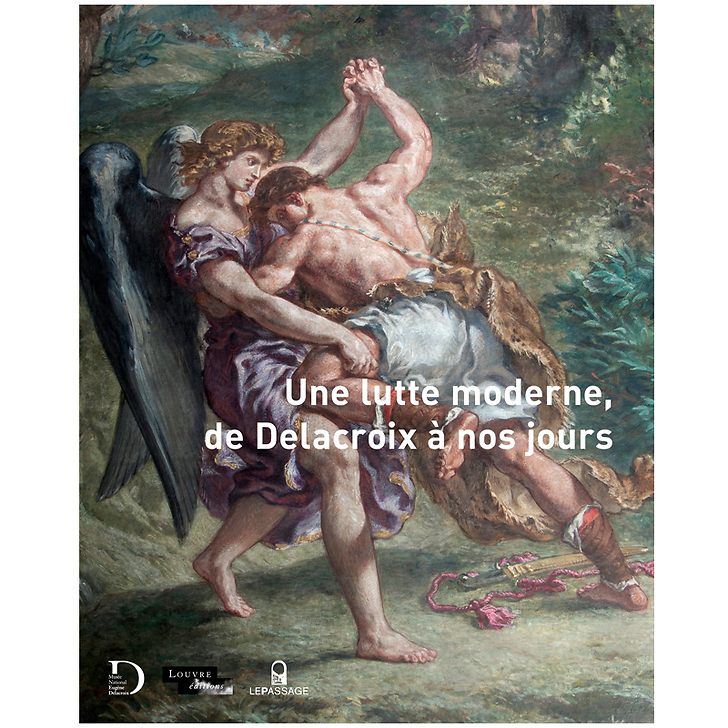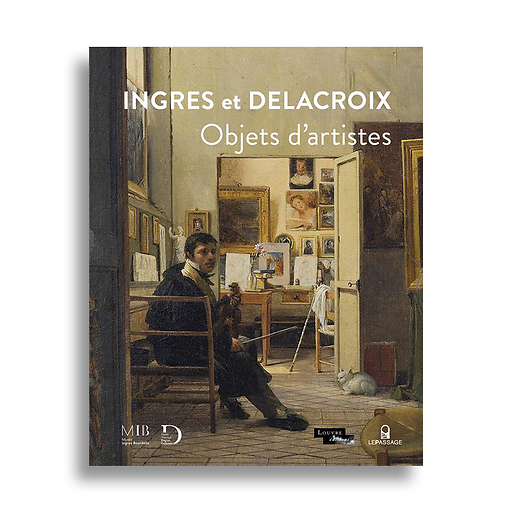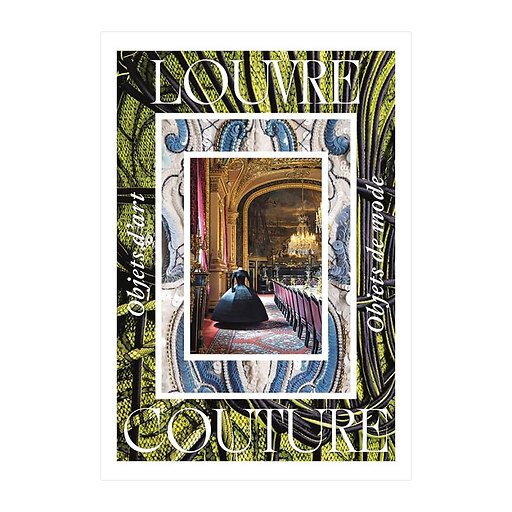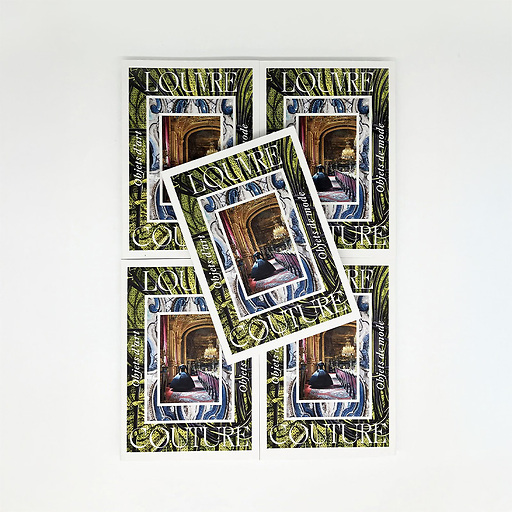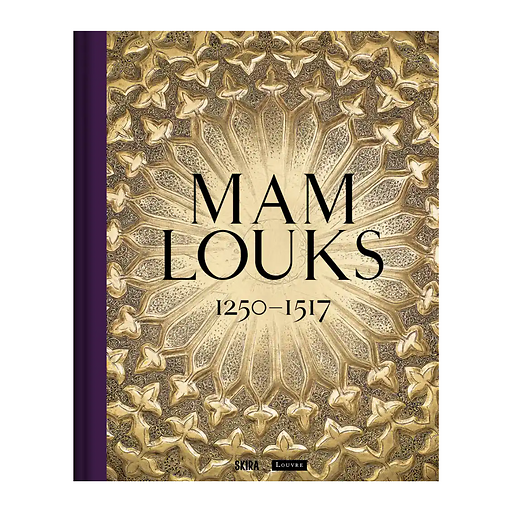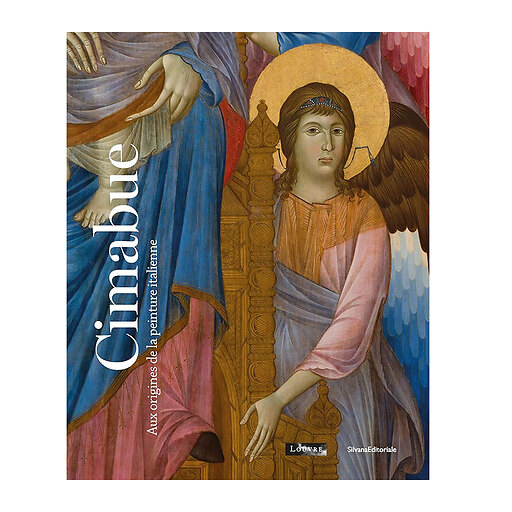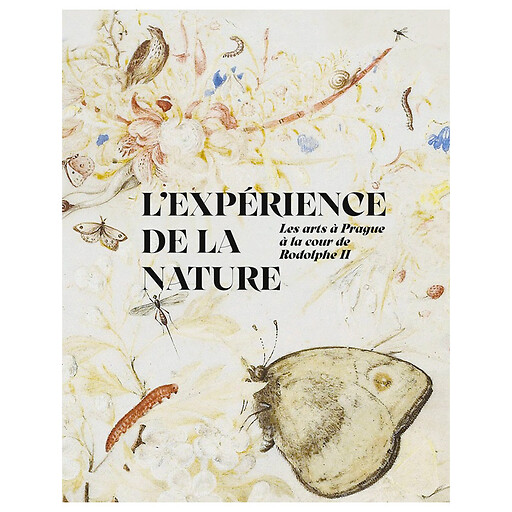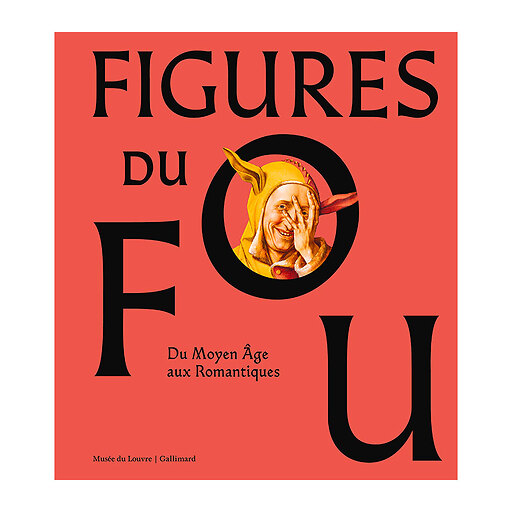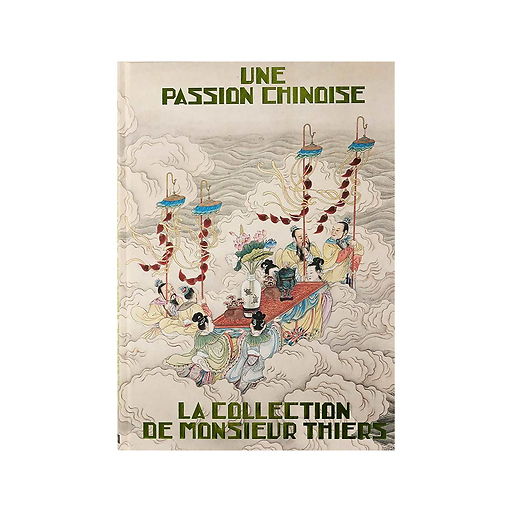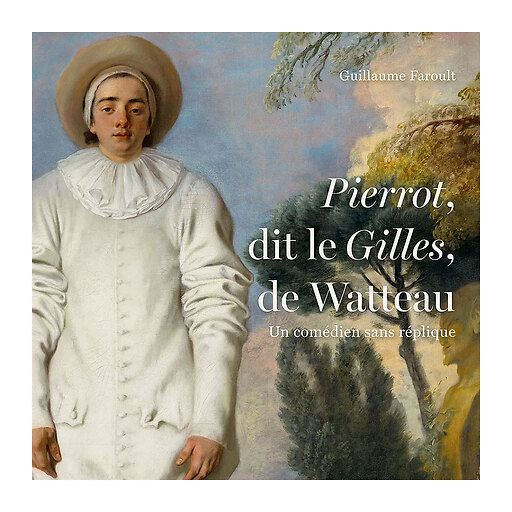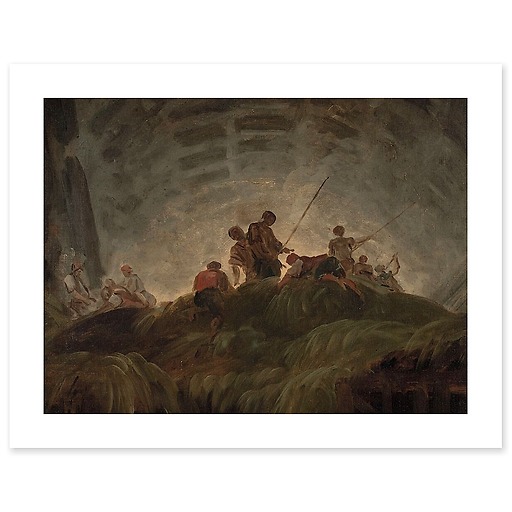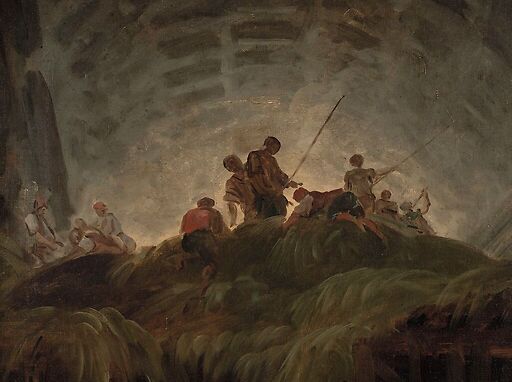Exhibition catalogue Une lutte moderne, de Delacroix à nos jours
MX628243
In 1849, Eugène Delacroix received the order for the painted decorations of the chapel of the Saints-Anges in Saint-Sulpice church. This monumental, rich, sublime work, which occupied him until 1861, could be considered, after his death, as his spiritual testament. The singular way in which Delacroix...
Read more
In 1849, Eugène Delacroix received the order for the painted decorations of the chapel of the Saints-Anges in Saint-Sulpice church. This monumental, rich, sublime work, which occupied him until 1861, could be considered, after his death, as his spiritual testament. The singular way in which Delacroix had chosen to treat the biblical episodes of the Wrestling of Jacob with the Angel, of St. Michael knocking down the devil or of Heliodorus expelled from the Temple showed how faithful the artist had remained to his art, reinventing a classical motif of painting - that of wrestling - drawing from ancient, Florentine, Venetian and Flemish sources to transfigure it.
Delacroix's work in Saint-Sulpice has, since its completion, constituted the model that cannot be formally and artistically surpassed on the wrestling scene. The painter gave him a new transcendence, that of man's body to body with his destiny, of the artist with his creation. He conceived a modern struggle that was constantly reinterviewed by his successors - Maurice Denis, Gustave Moreau, Marc Chagall and many others - and which still impresses us today.
While a recent restoration has restored the intact beauty of these masterpieces of painting, this book is the first dedicated to the history of their design and reception.
This book accompanies the exhibition Une lutte moderne, de Delacroix à nos jours, at the Musée national Eugène-Delacroix from 11 April to 23 July 2018.
French
Close
Sold by GrandPalaisRmn

